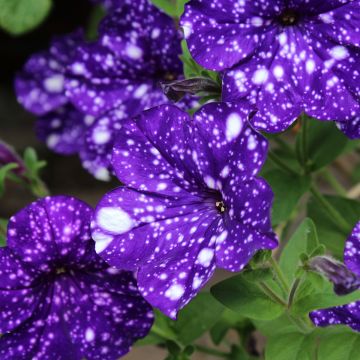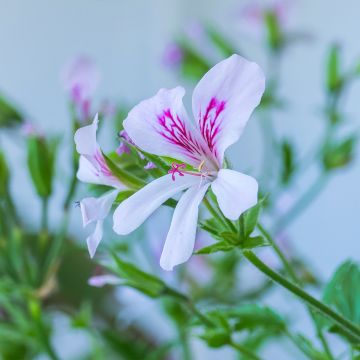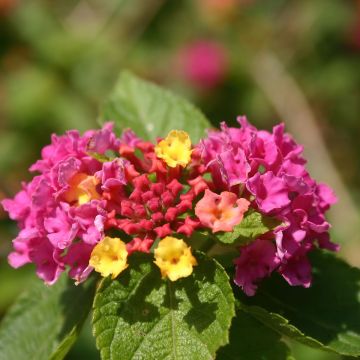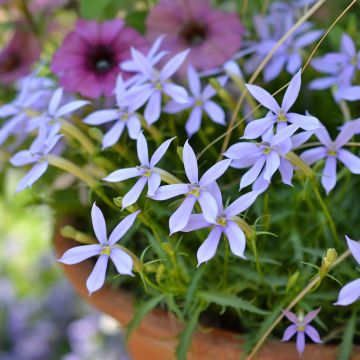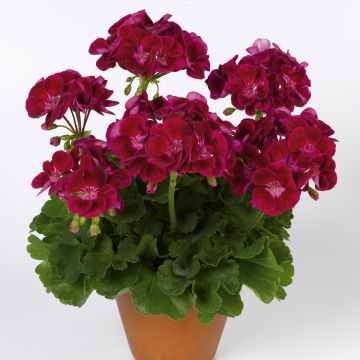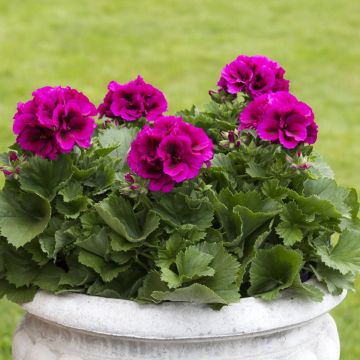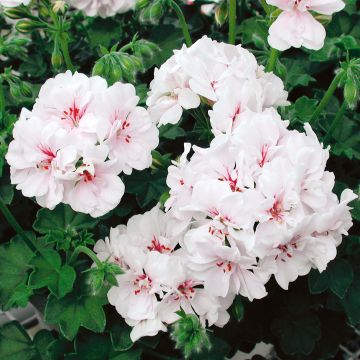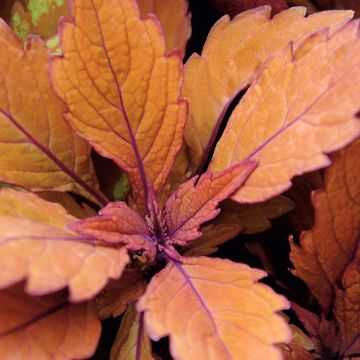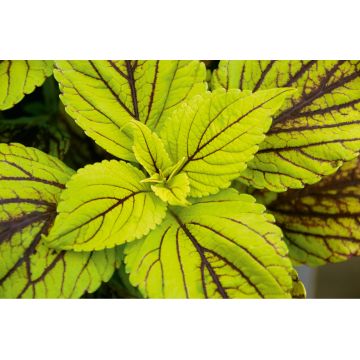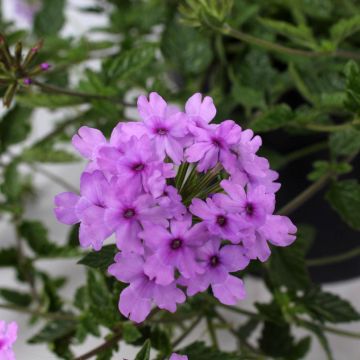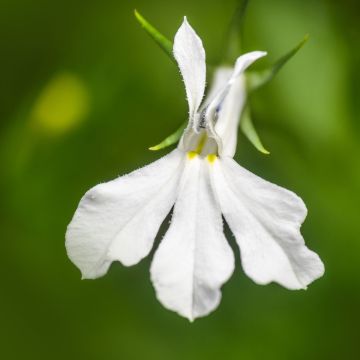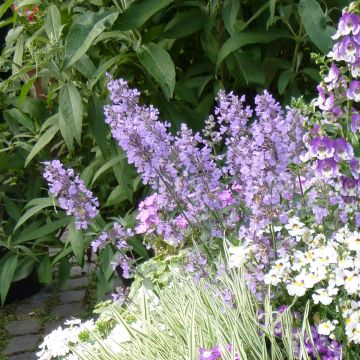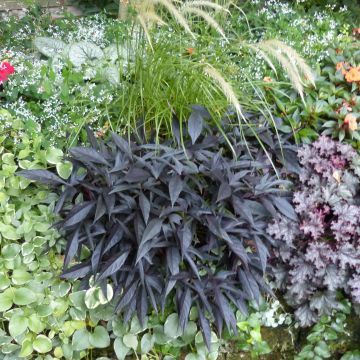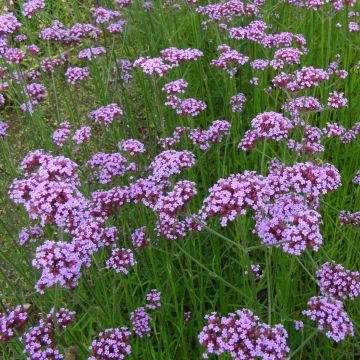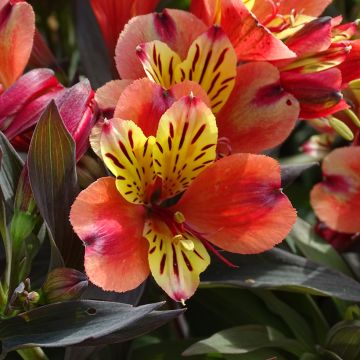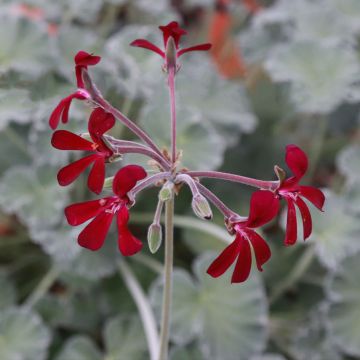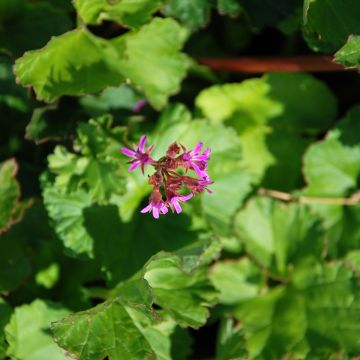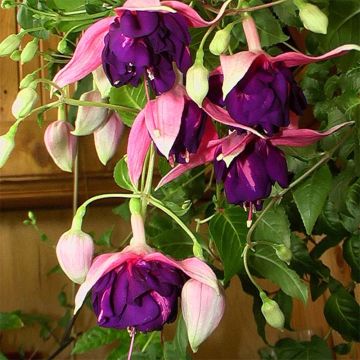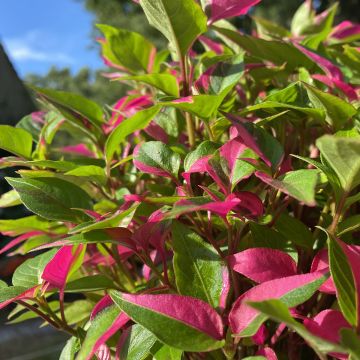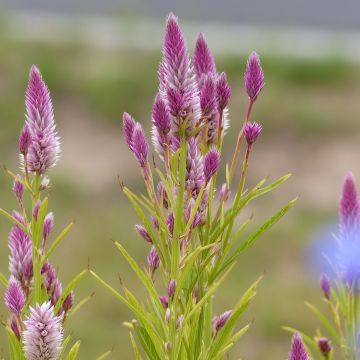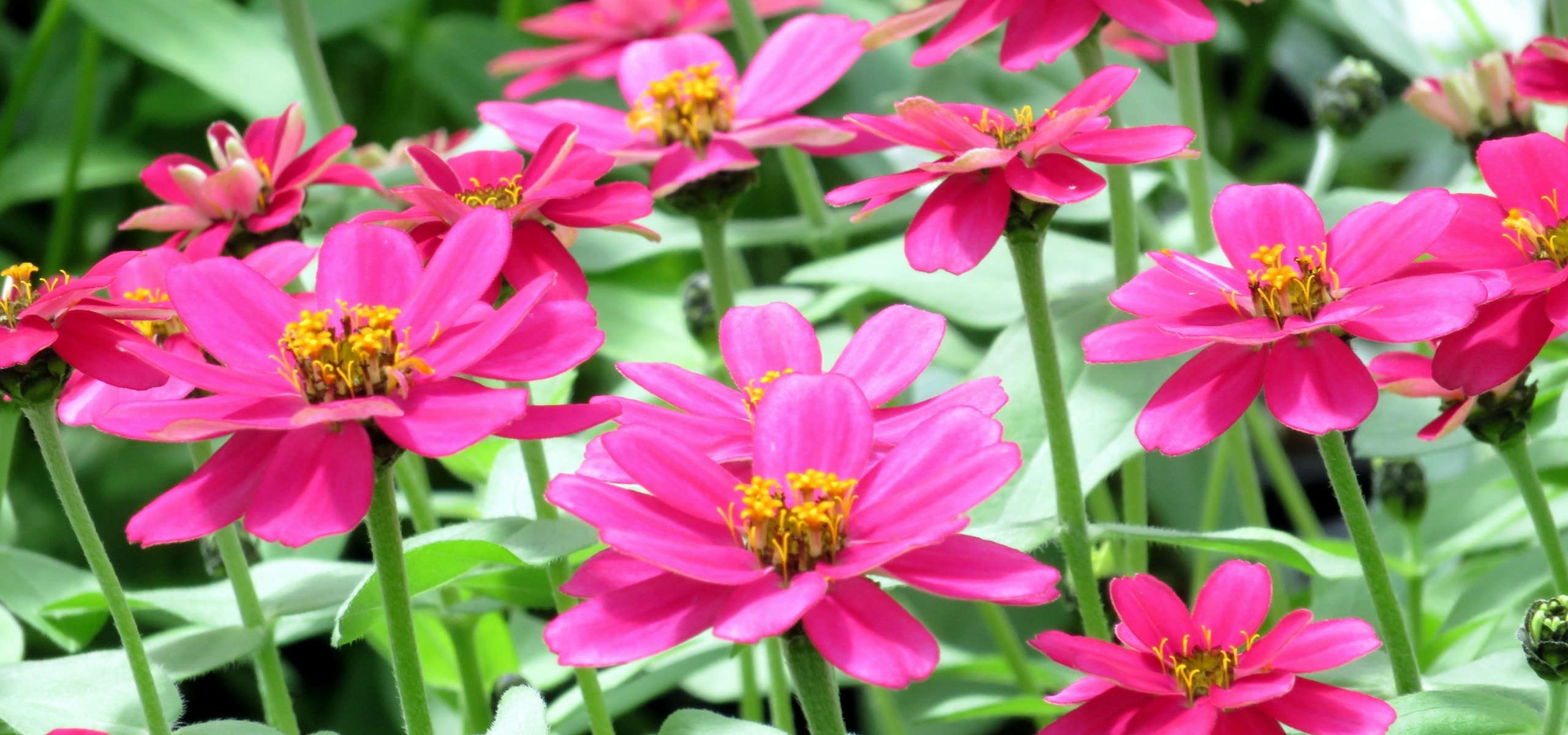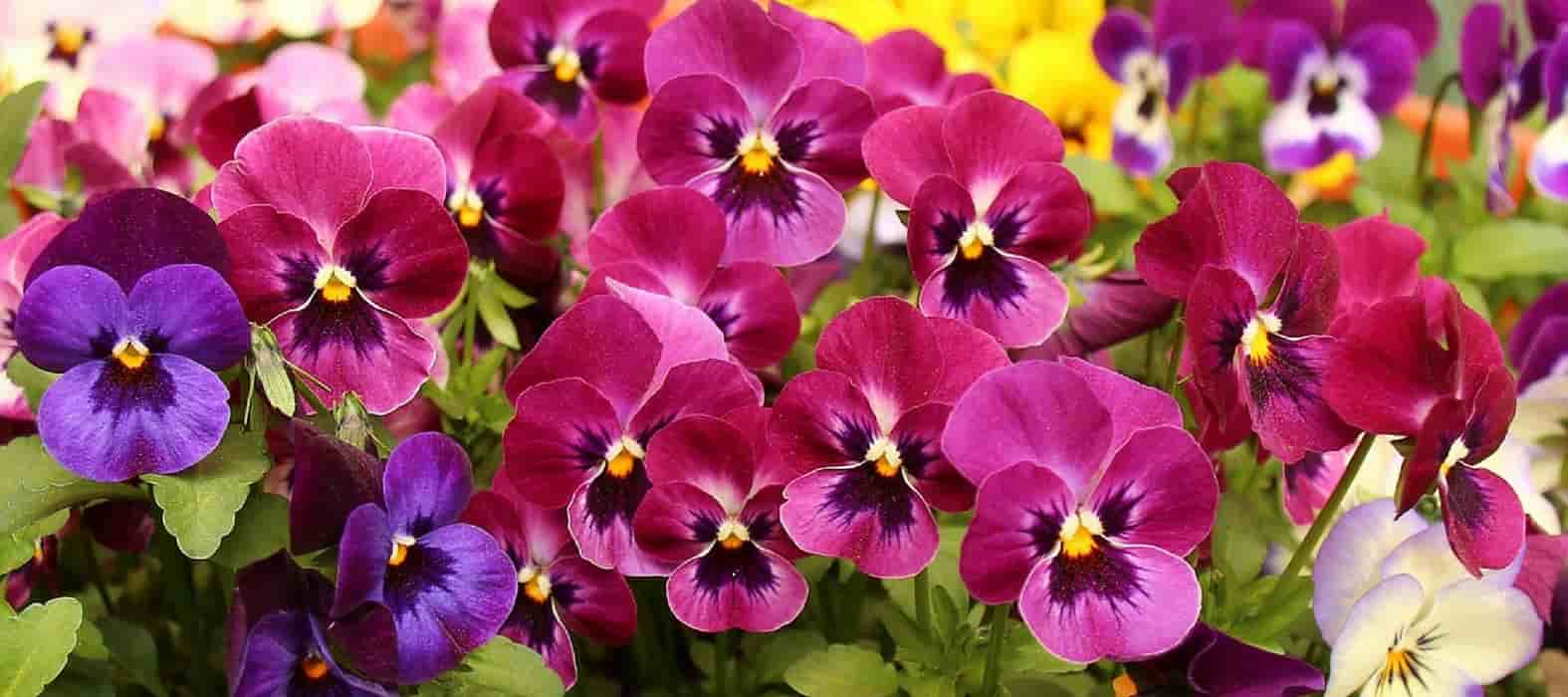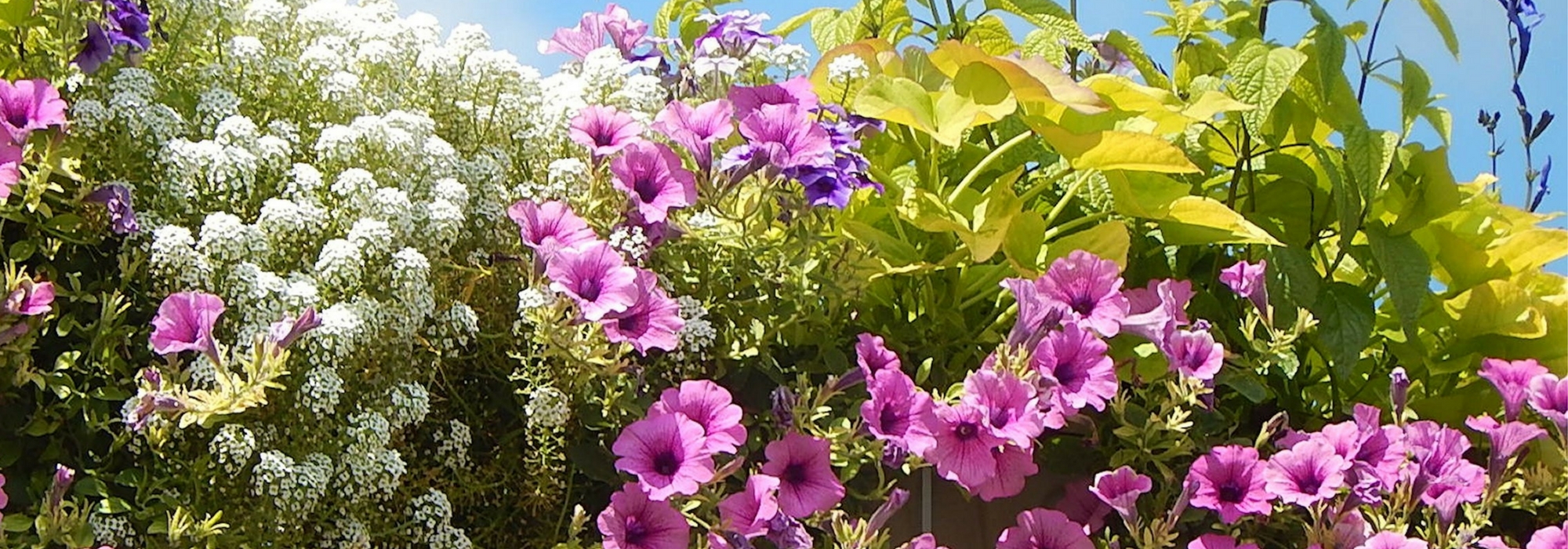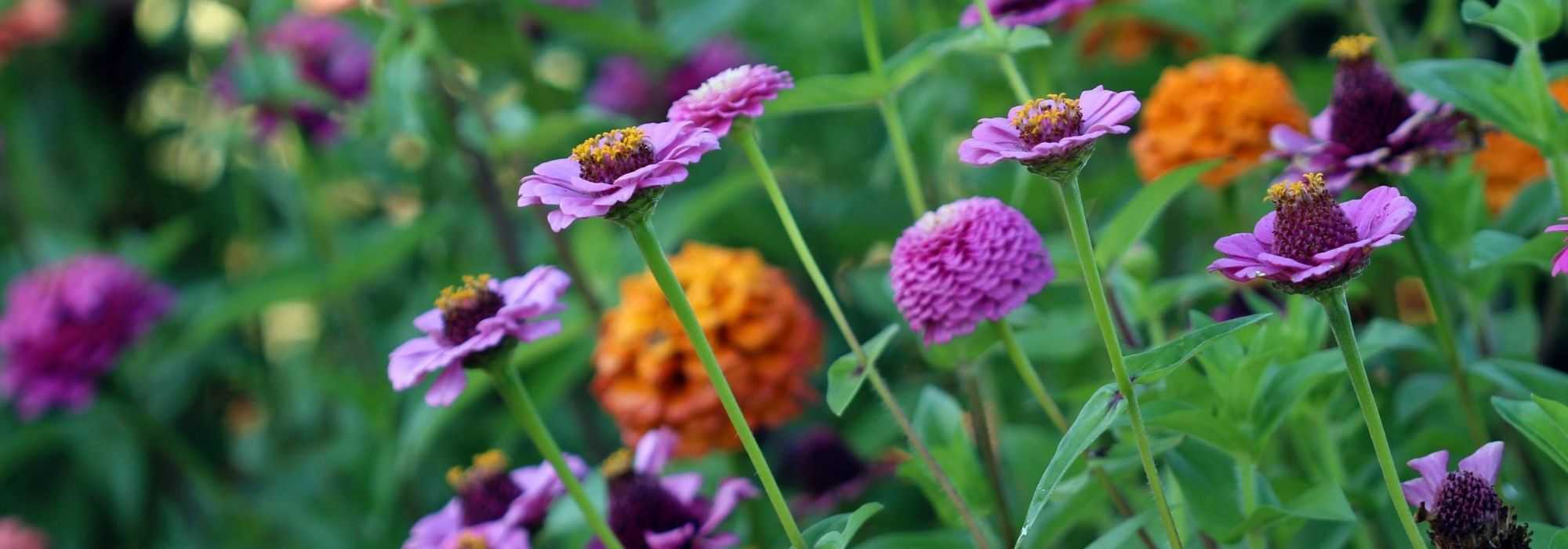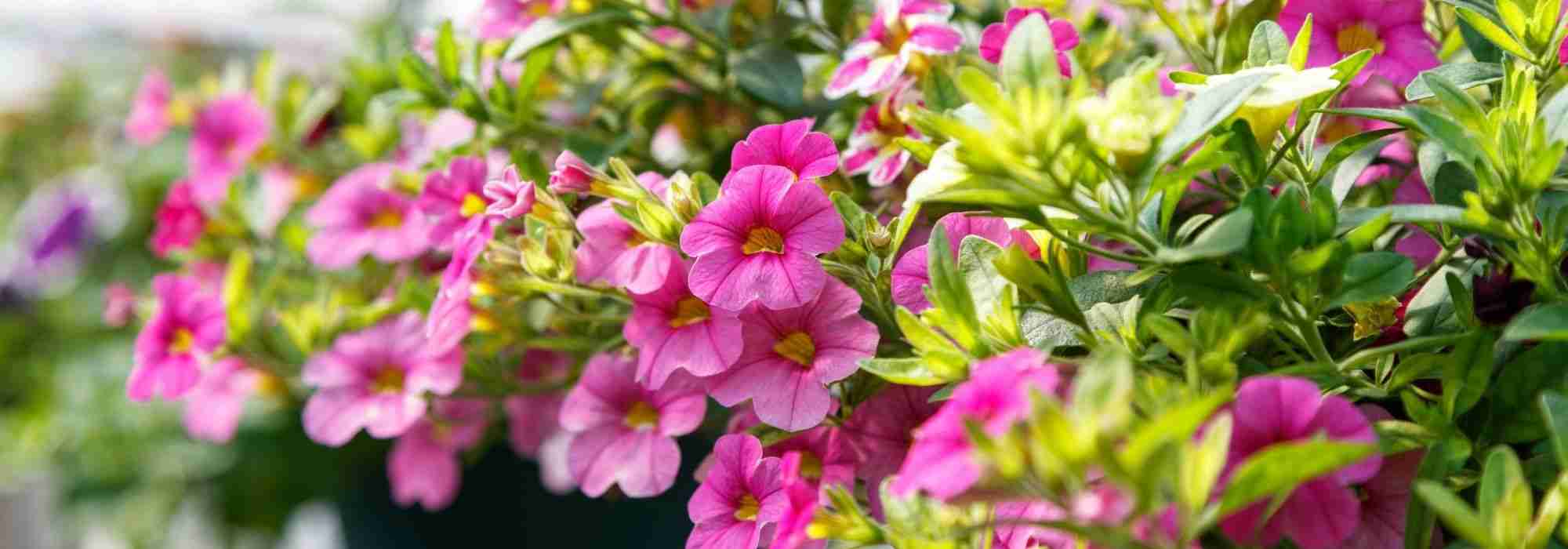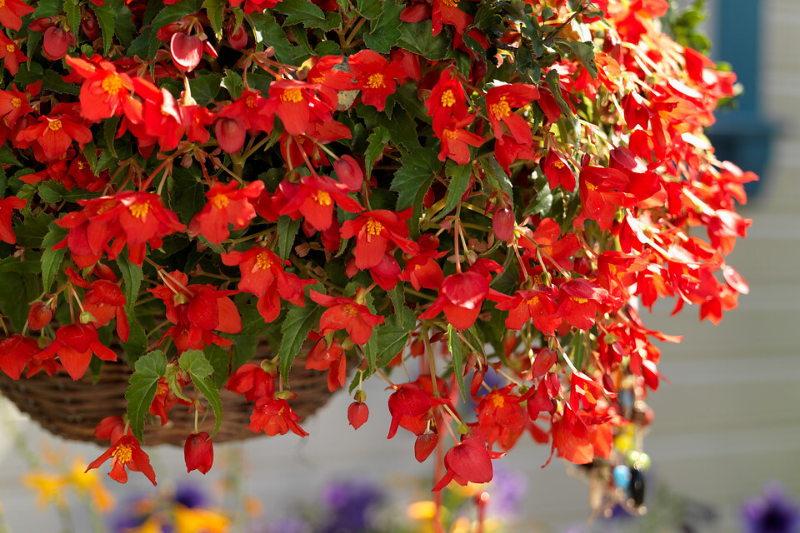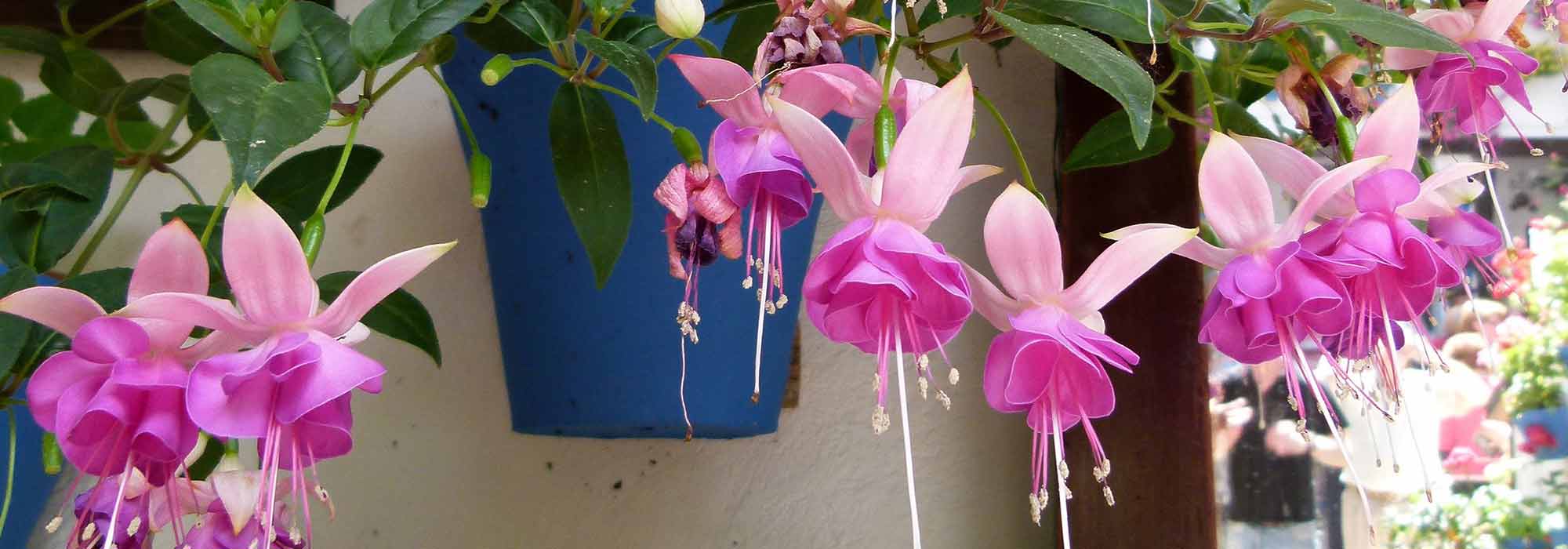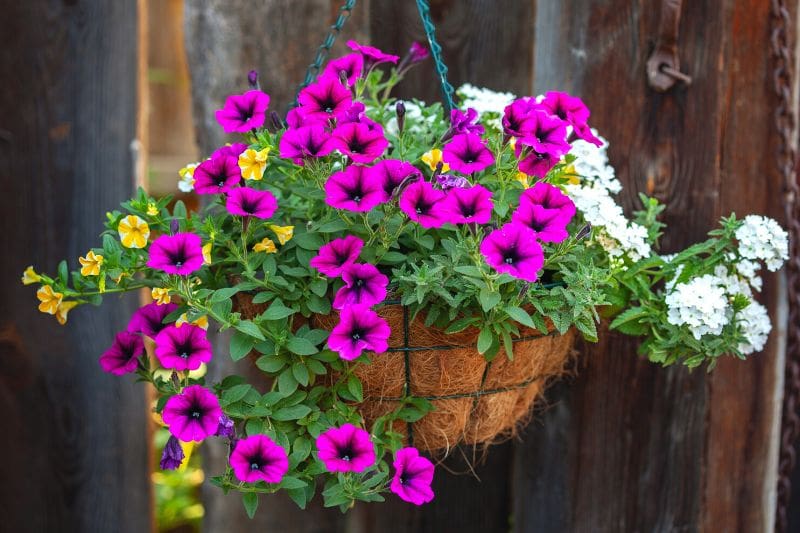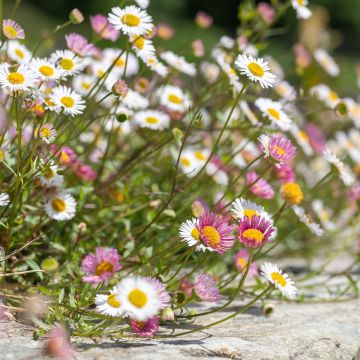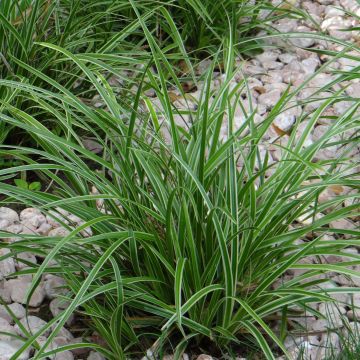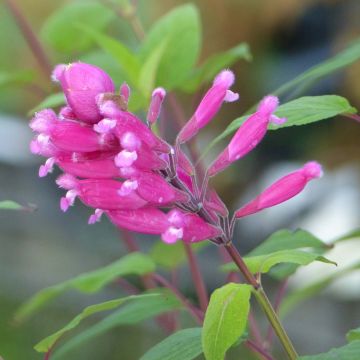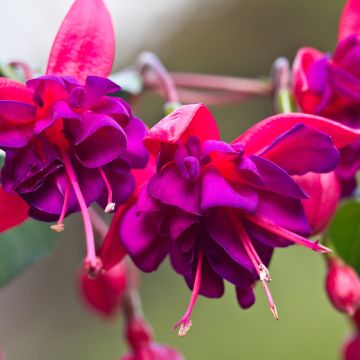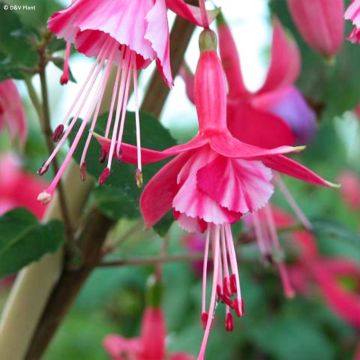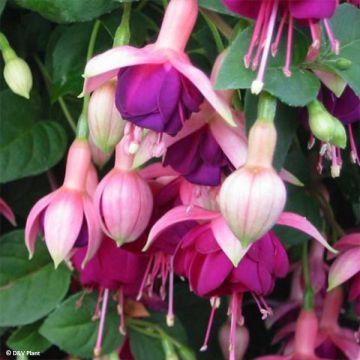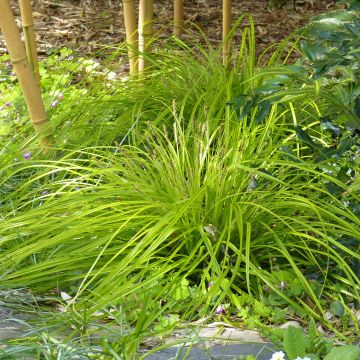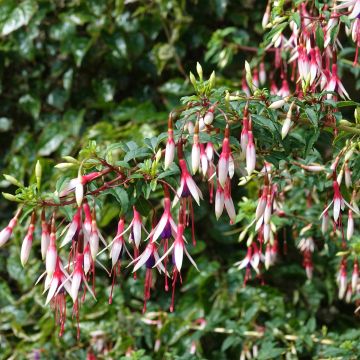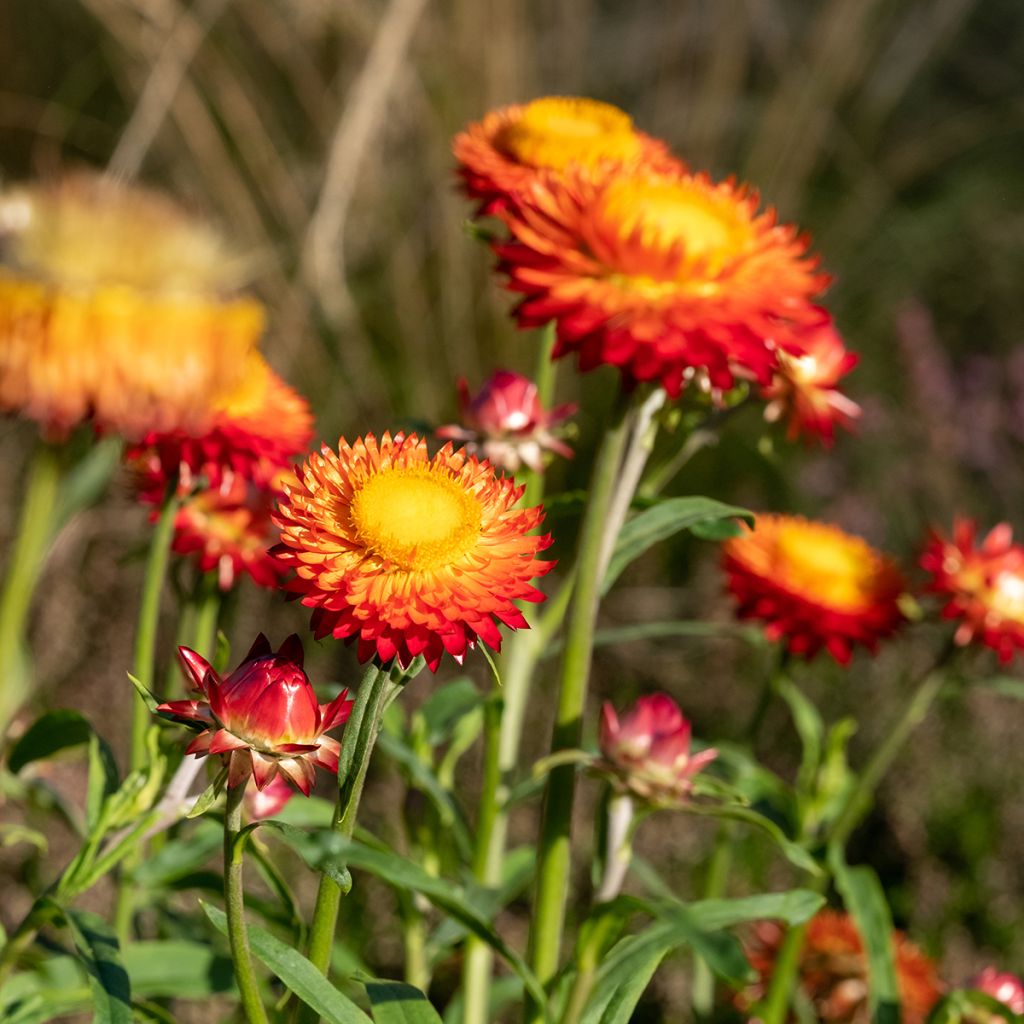

Xerochrysum Granvia Dark Orange Flame - Immortelle
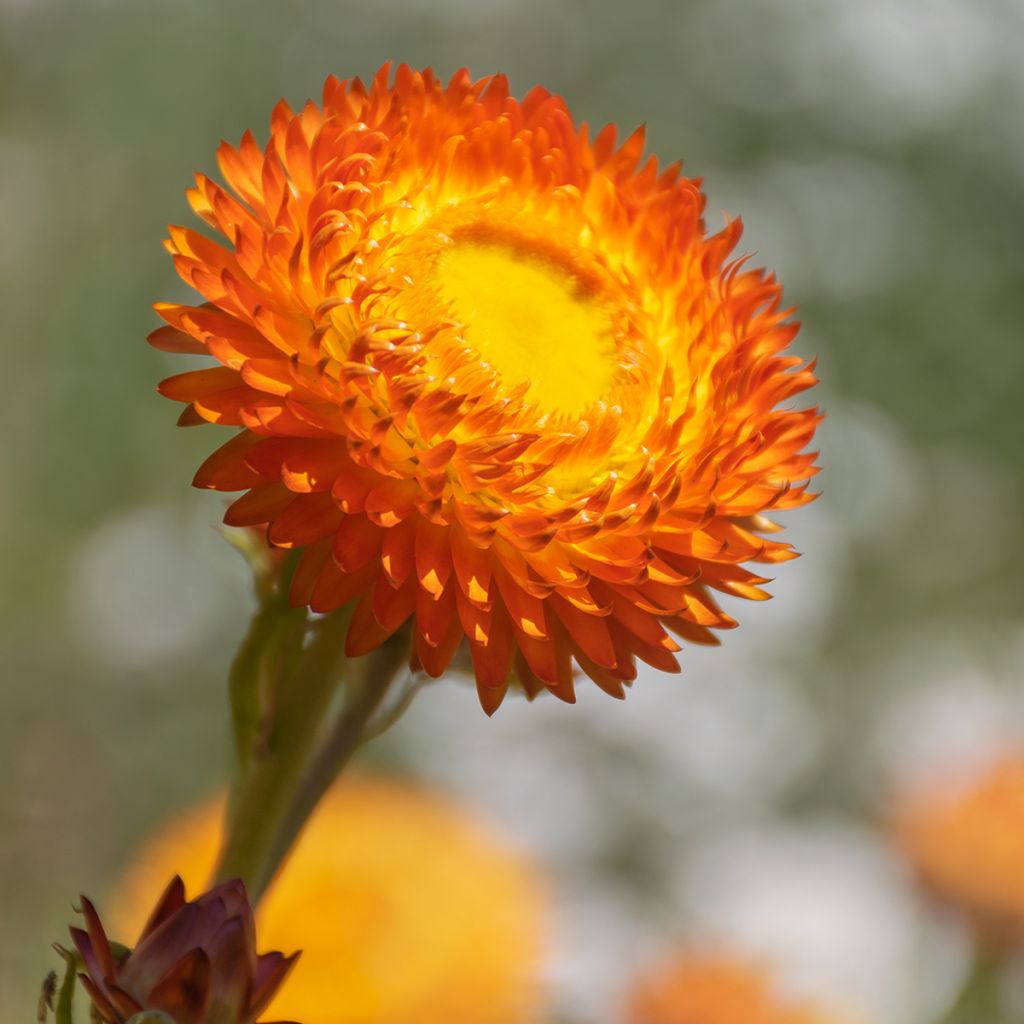

Xerochrysum Granvia Dark Orange Flame - Immortelle
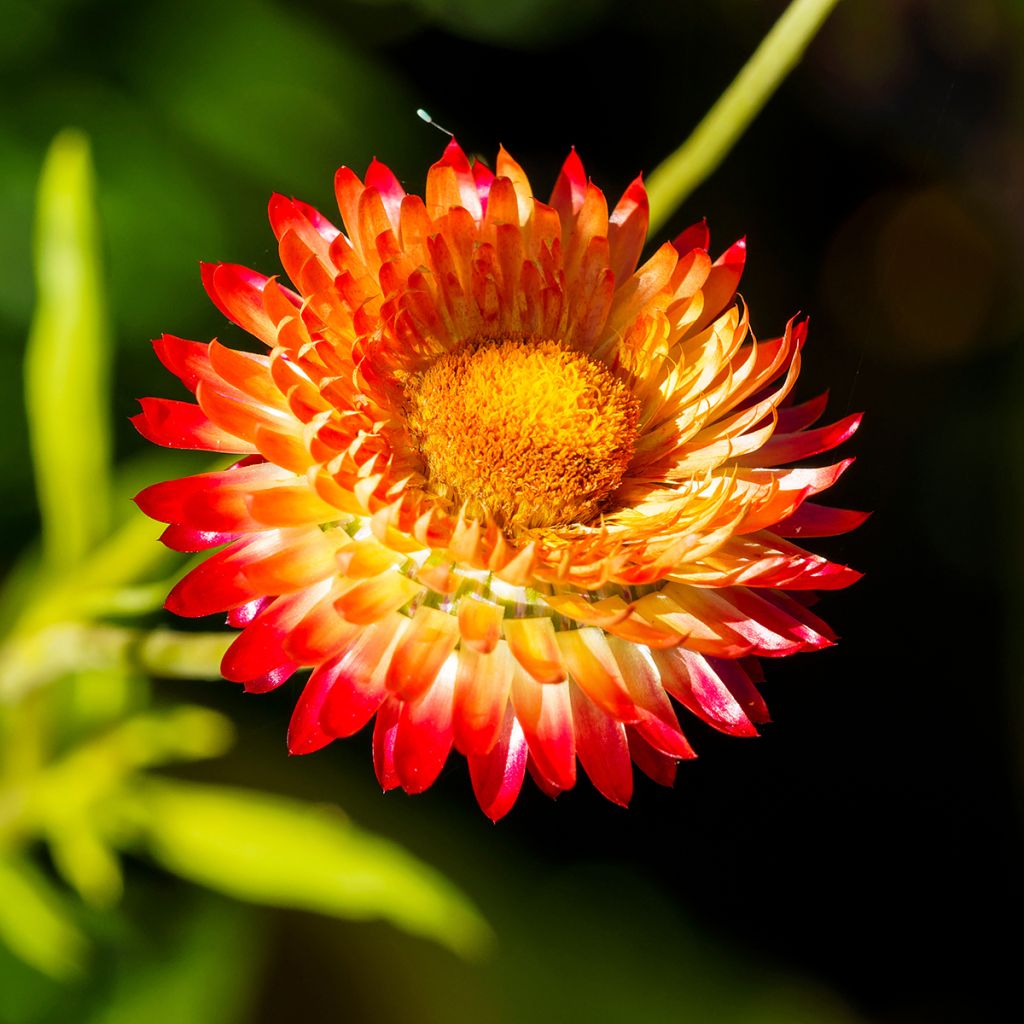

Xerochrysum Granvia Dark Orange Flame - Immortelle
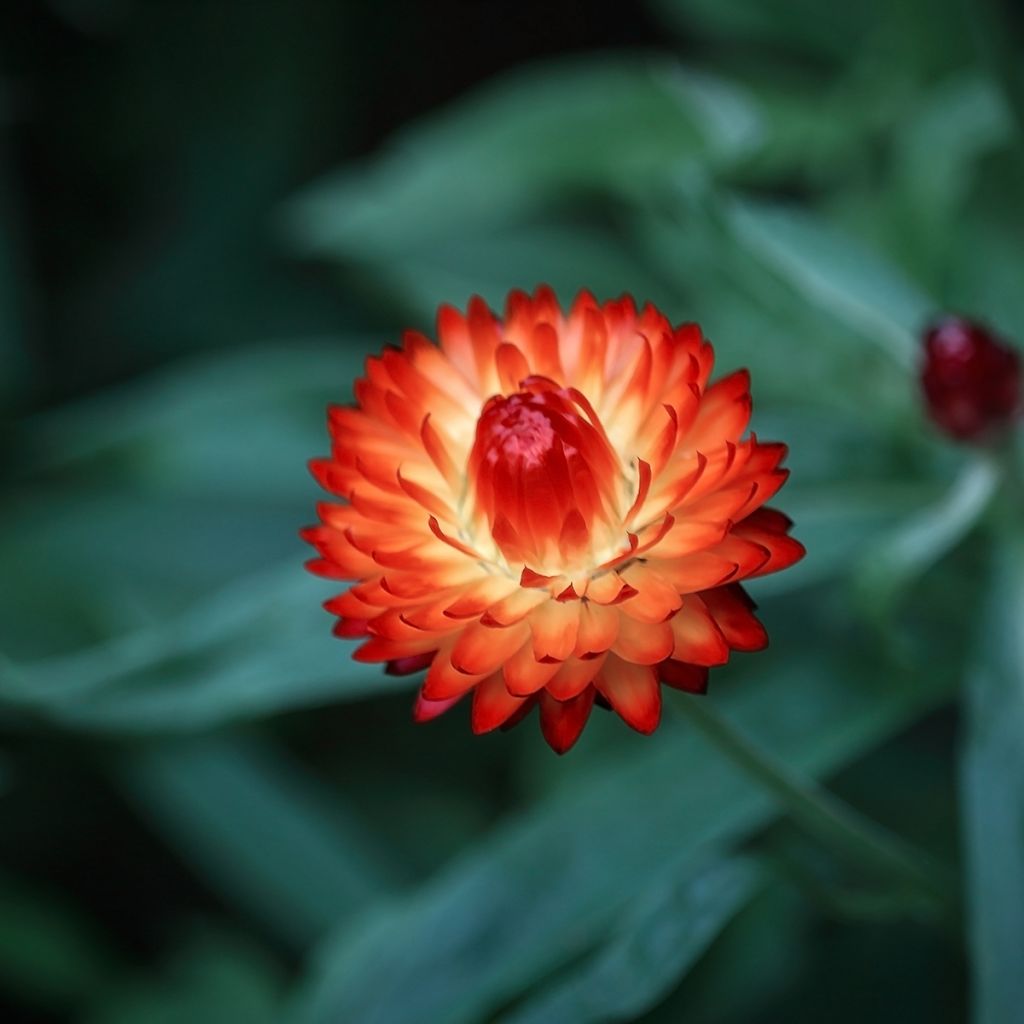

Xerochrysum Granvia Dark Orange Flame - Immortelle
Xerochrysum bracteatum Granvia Dark Orange Flame
Xerochrysum bracteatum Granvia Dark Orange Flame
Golden everlasting, Strawflower
Special offer!
Receive a €20 voucher for any order over €90 (excluding delivery costs, credit notes, and plastic-free options)!
1- Add your favorite plants to your cart.
2- Once you have reached €90, confirm your order (you can even choose the delivery date!).
3- As soon as your order is shipped, you will receive an email containing your voucher code, valid for 3 months (90 days).
Your voucher is unique and can only be used once, for any order with a minimum value of €20, excluding delivery costs.
Can be combined with other current offers, non-divisible and non-refundable.
Why not try an alternative variety in stock?
View all →This plant carries a 6 months recovery warranty
More information
We guarantee the quality of our plants for a full growing cycle, and will replace at our expense any plant that fails to recover under normal climatic and planting conditions.
Does this plant fit my garden?
Set up your Plantfit profile →
Description
Xerochrysum 'Granvia Dark Orange Flame' is a new selection of everlasting flower with bracts and large double flowers in a magnificent orange colour with a golden yellow centre. The impressive blooms are twice as large as those of usual varieties. This annual is well-known to fans of dried bouquets. It forms a beautiful and highly flowering cushion for almost 5 months (if you regularly remove faded flowers). Whether in the ground or in pots, its vivacious flower heads enliven borders, rockeries, or containers. They also look lovely in floral arrangements.
It is a horticultural creation from 2022. This selection comes from the everlasting flower with bracts, an annual species native to Australia. Like all plants in the Asteraceae family, its flowers are organised in capitula, but the capitula of the everlasting flower are distinguishable from daisies and centaureas by the absence of ray florets or petals, which are replaced by colourful and shiny bracts. This characteristic helps the inflorescences to last a long time once they are dry, as the bracts do not wither like petals. The 'Granvia Dark Orange Flame' selection is an upright and compact plant that reaches an average height of 50cm (20in) when in bloom, with a width of 30 to 35cm (12 to 14in). Its rough stems are ramified, covered with small, single, lanceolate, medium green, villous, slightly bluish leaves, measuring from 5 to 10cm (2 to 4in) long. Together, they form a dense tuft. Flowering takes place from summer to early autumn, usually from June to October. It is nectar-rich and popular with butterflies. The heads of 'Granvia Dark Orange Flame' measure up to 8cm (3in) in diameter.
'Granvia Dark Orange Flame' is suitable for containers, rockeries, and border beds, or even mixed with perennials and low shrubs. They can be combined with brightly coloured marigolds, diascias, California poppies, or bidens, for example. To preserve the flowers for making dried bouquets, the capitula should be picked before they fully open. The stems should be hung upside down in a ventilated, dark room. Once the stems are completely dry, remove the foliage.
Our young plug plants are professional products reserved for experienced gardeners. Upon receipt, transplant and store them in shelters (veranda, greenhouse, cold frame) at a temperature above 14°C (57.2°F) for a few weeks before being planted outdoors once the risk of frost has passed.
Report an error about the product description
Xerochrysum bracteatum Granvia Dark Orange Flame in pictures
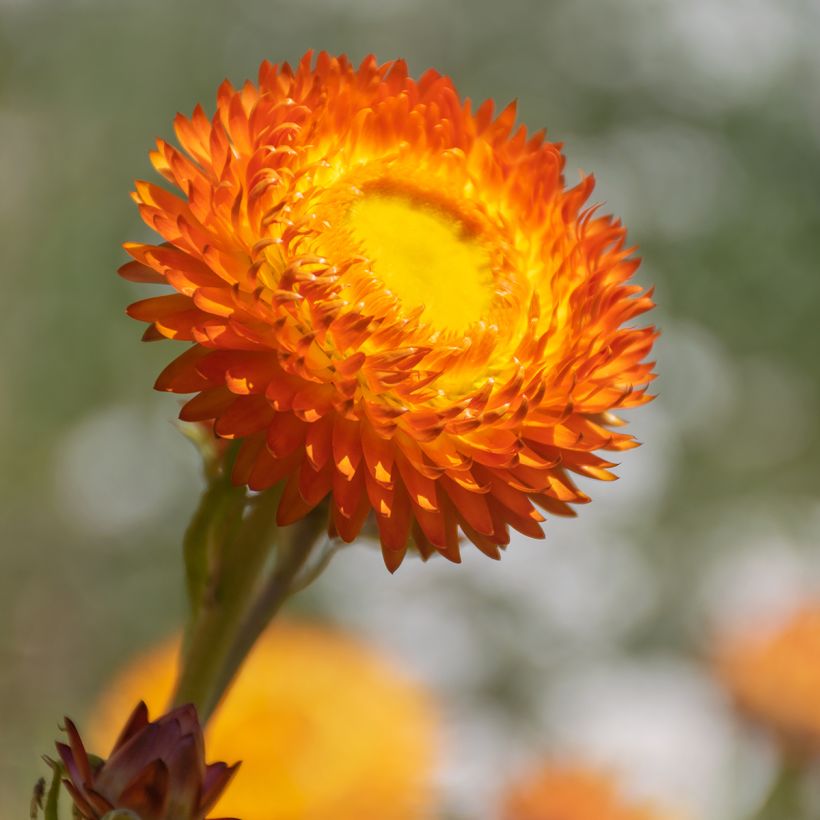

Flowering
Foliage
Plant habit
Botanical data
Xerochrysum
bracteatum
Granvia Dark Orange Flame
Asteraceae
Golden everlasting, Strawflower
Cultivar or hybrid
Other Annuals A to Z
View all →Planting and care
You can plant 'Granvia Dark Orange Flame' in the ground or in a pot. If you choose to plant them in the ground, wait until the last frost has passed (they can tolerate a slight frost). In the meantime, you can pre-cultivate them in a pot in a warm and bright location to accelerate their growth. Plant them in a sunny location. They require light and humus-rich soil and appreciate the addition of fertiliser. They can tolerate occasional dry soil. If planted in a pot, they should be regularly watered.
Planting period
Intended location
Care
Planting & care advice
This item has not been reviewed yet - be the first to leave a review about it.
Similar products
Haven't found what you were looking for?
Hardiness is the lowest winter temperature a plant can endure without suffering serious damage or even dying. However, hardiness is affected by location (a sheltered area, such as a patio), protection (winter cover) and soil type (hardiness is improved by well-drained soil).

Photo Sharing Terms & Conditions
In order to encourage gardeners to interact and share their experiences, Promesse de fleurs offers various media enabling content to be uploaded onto its Site - in particular via the ‘Photo sharing’ module.
The User agrees to refrain from:
- Posting any content that is illegal, prejudicial, insulting, racist, inciteful to hatred, revisionist, contrary to public decency, that infringes on privacy or on the privacy rights of third parties, in particular the publicity rights of persons and goods, intellectual property rights, or the right to privacy.
- Submitting content on behalf of a third party;
- Impersonate the identity of a third party and/or publish any personal information about a third party;
In general, the User undertakes to refrain from any unethical behaviour.
All Content (in particular text, comments, files, images, photos, videos, creative works, etc.), which may be subject to property or intellectual property rights, image or other private rights, shall remain the property of the User, subject to the limited rights granted by the terms of the licence granted by Promesse de fleurs as stated below. Users are at liberty to publish or not to publish such Content on the Site, notably via the ‘Photo Sharing’ facility, and accept that this Content shall be made public and freely accessible, notably on the Internet.
Users further acknowledge, undertake to have ,and guarantee that they hold all necessary rights and permissions to publish such material on the Site, in particular with regard to the legislation in force pertaining to any privacy, property, intellectual property, image, or contractual rights, or rights of any other nature. By publishing such Content on the Site, Users acknowledge accepting full liability as publishers of the Content within the meaning of the law, and grant Promesse de fleurs, free of charge, an inclusive, worldwide licence for the said Content for the entire duration of its publication, including all reproduction, representation, up/downloading, displaying, performing, transmission, and storage rights.
Users also grant permission for their name to be linked to the Content and accept that this link may not always be made available.
By engaging in posting material, Users consent to their Content becoming automatically accessible on the Internet, in particular on other sites and/or blogs and/or web pages of the Promesse de fleurs site, including in particular social pages and the Promesse de fleurs catalogue.
Users may secure the removal of entrusted content free of charge by issuing a simple request via our contact form.
The flowering period indicated on our website applies to countries and regions located in USDA zone 8 (France, the United Kingdom, Ireland, the Netherlands, etc.)
It will vary according to where you live:
- In zones 9 to 10 (Italy, Spain, Greece, etc.), flowering will occur about 2 to 4 weeks earlier.
- In zones 6 to 7 (Germany, Poland, Slovenia, and lower mountainous regions), flowering will be delayed by 2 to 3 weeks.
- In zone 5 (Central Europe, Scandinavia), blooming will be delayed by 3 to 5 weeks.
In temperate climates, pruning of spring-flowering shrubs (forsythia, spireas, etc.) should be done just after flowering.
Pruning of summer-flowering shrubs (Indian Lilac, Perovskia, etc.) can be done in winter or spring.
In cold regions as well as with frost-sensitive plants, avoid pruning too early when severe frosts may still occur.
The planting period indicated on our website applies to countries and regions located in USDA zone 8 (France, United Kingdom, Ireland, Netherlands).
It will vary according to where you live:
- In Mediterranean zones (Marseille, Madrid, Milan, etc.), autumn and winter are the best planting periods.
- In continental zones (Strasbourg, Munich, Vienna, etc.), delay planting by 2 to 3 weeks in spring and bring it forward by 2 to 4 weeks in autumn.
- In mountainous regions (the Alps, Pyrenees, Carpathians, etc.), it is best to plant in late spring (May-June) or late summer (August-September).
The harvesting period indicated on our website applies to countries and regions in USDA zone 8 (France, England, Ireland, the Netherlands).
In colder areas (Scandinavia, Poland, Austria...) fruit and vegetable harvests are likely to be delayed by 3-4 weeks.
In warmer areas (Italy, Spain, Greece, etc.), harvesting will probably take place earlier, depending on weather conditions.
The sowing periods indicated on our website apply to countries and regions within USDA Zone 8 (France, UK, Ireland, Netherlands).
In colder areas (Scandinavia, Poland, Austria...), delay any outdoor sowing by 3-4 weeks, or sow under glass.
In warmer climes (Italy, Spain, Greece, etc.), bring outdoor sowing forward by a few weeks.






























